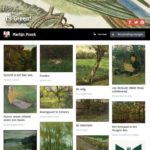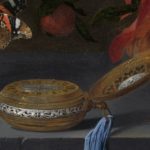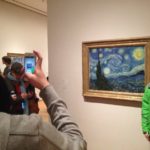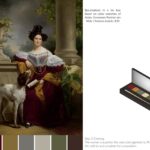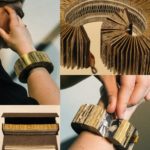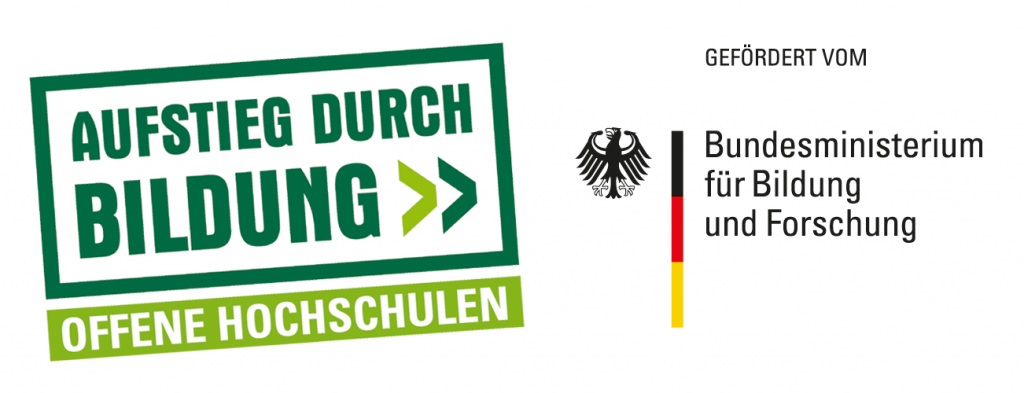Martjin Pronk
When investigating the way in which the digital Rijksmuseum has influenced the real life Rijksmuseum, we start with the museum’s e-strategy.
When the Rijksmuseum re-opened in 2013 after a ten-year renovation period, it needed to communicate that it was OPEN. Many Dutch had forgotten about their national museum. Open, not only in the sense of re-opening the building, but also in the sense of opening up the collection in a mixed chronological display that evokes a sense of beauty and a feel for time. Digitally we used the power of the image to pan out this openness: we brought the collection very close to the visitor.
On the museum’s website you can discover, browse, zoom, share over 250,000 high resolution images. There’s nothing to distract you from the beauty of the objects. The site is fully focused on your visual joy. Collect the objects you like in your own personal Rijksstudio.
These Rijksstudio’s are presented next to the museum’s content: we offer museum content and user generated content together in the timeline on the Rijksstudio homepage. There are almost 250,000 personal Rijksstudio’s totalling over 645,000 collections. These personal selections inspire other visitors. Many of them offer a fresh view of the collection, different from the museum’s opinion. They are a dynamic layer over the collection.
This closeness is also expressed in the ‘detail’ feature in Rijksstudio: you collect complete images but details of images too (fig 2).
And to top it all off you can download the images and use them for your own personal goals. You can use the collection to create your own masterpiece!
Many people ask us why we do this. We feel that the collection is not the property of the museum. It belongs to everybody in the Netherlands and therefore to everybody in the world. If it belongs to you, you should be able to do with it whatever you want. When we expand on how we did this, there are three important areas we should cover: the Rijksmuseum collection, digital user trends and technique. Our proposition was developed on the intersection of these three overlapping areas.
A large part of the collection was digitized and we decided to set this digital collection free for the benefit of all. We developed a responsive website that operates extremely satisfying with tablet computers. This fits in perfectly with the visual culture online. From this a new type of visitor has erupted, a new kind of customer: we call him/her the ‘culture snacker’ (fig 3). Not a traditional art lover, more of an art liker, living a digital life, in contact with friends through social media, interested in travel, design, art, and very visually oriented. The culture snacker is the digital variant of the hundreds of thousands of cultural tourists that we welcome in the real life Rijksmuseum. These culture snackers are typical for another digital trend: the change in authority. Knowledge is available everywhere, to everybody. This has diminished or at least effected traditional authorities, such as museums. On Instagram, everybody is a photographer. On Airbnb, everybody is a hotel manager. On eBay, everybody is a businessman. And in Rijksstudio, everybody is a museum director.
We have not neglected our other visitor groups. Rijksstudio is also aimed at art lovers and professionals. We have made sure that the various visitor groups do not mix. The full screen images are very popular with art lovers and professionals alike. When they want something more, we ask them to do a bit more. In one or two mouse-clicks they access the data with each object.
The feature of saving and downloading details of images has had a remarkable side-effect. The collection has become relevant for new groups of people. For example, we used to be totally irrelevant to people who love cats and don’t care about art. They have discovered that we have the most beautiful cats in the world, and they have started to collect our cats from all kinds of artworks. This way Rijksstudio enables us to connect to all kinds of people we never reached before. That’s just great, because we want to be there for everybody.
Many Rijksmuseum artists have been dead for centuries, enabling us to place the images of their work in the public domain. Most images on the site are CC0-licensed. Copyrighted works are either not shown, or are presented without the possibility of download. Over 3 million images have been downloaded since the start of Rijksstudio. Three million little ambassadors, three million opportunities to connect to someone. This is our take on “sharing is the new having.” Three million possible personal masterpieces created with Rijksmuseum content. Our director once famously remarked: “I don’t care if you print Vermeer on toilet paper, just as long as it is our Vermeer.”
Even if only 5% of people are creators, and 95% are just spectators, these creators support us to promote the use of Rijksmuseum content. They inspire the spectators and in doing so act as ambassadors of the museum. This is what we work for: we actively promote the use of our content. Re-use is not just permitted, we passionately want you to use our content. We have several tools in place to promote and stimulate this. We have been working with Etsy, a huge online marketplace with over one million creatives. We have participated in the Salone del Mobile in Milan, where the top creatives of the world gather. And we have launched the Rijksstudio Award, where the best design using Rijksmuseum content wins a cash prize of € 10,000 (fig 4).
The effect of this omnipresent Rijksmuseum is that there are more visitors than ever: people want to see the real thing. Digital is not a substitute. We like to compare this to the situation in which thousands of fake Louis Vuitton are sold on beaches all over the world: each and every one of these buyers would instantly buy a real Louis Vuitton handbag if they had the money. They know the difference. A former director said that the Rijksmuseum used to be the Ministry of Good Taste. Now we are a place that you visit because you want to, not because you think you have to. Rijksstudio has played a major part in this turn-around. Rijksmuseum, or ‘The Rijks’ as it is affectionately known in the Netherlands, has become a love brand.
Martijn Pronk
Head of Digital Communications, Van Gogh Museum Rijksmuseum
Martjin Pronk

2016 war er Verleger und Leiter der Publikations- und Medienabteilung des Rijksmuseums in Amsterdam und somit verantwortlich für die gesamte digitale und Printproduktentwicklung einschließlich der mehrfach preisgekrönten Website und Datenbank Rijksstudio. In dieser können die Besucher mehr als 220.000 Kunstwerke sehen, zoomen, sammeln, teilen und downloaden – für den persönlichen und kommerziellen Gebrauch. Pronk ist seit vielen Jahren als professioneller Verleger tätig und hat vorher an hochkarätigen innovativen Konzepten sowohl online als auch offline gearbeitet. Pronk ist außerdem Mitglied des Verwaltungsrates der Europeana Foundation.

